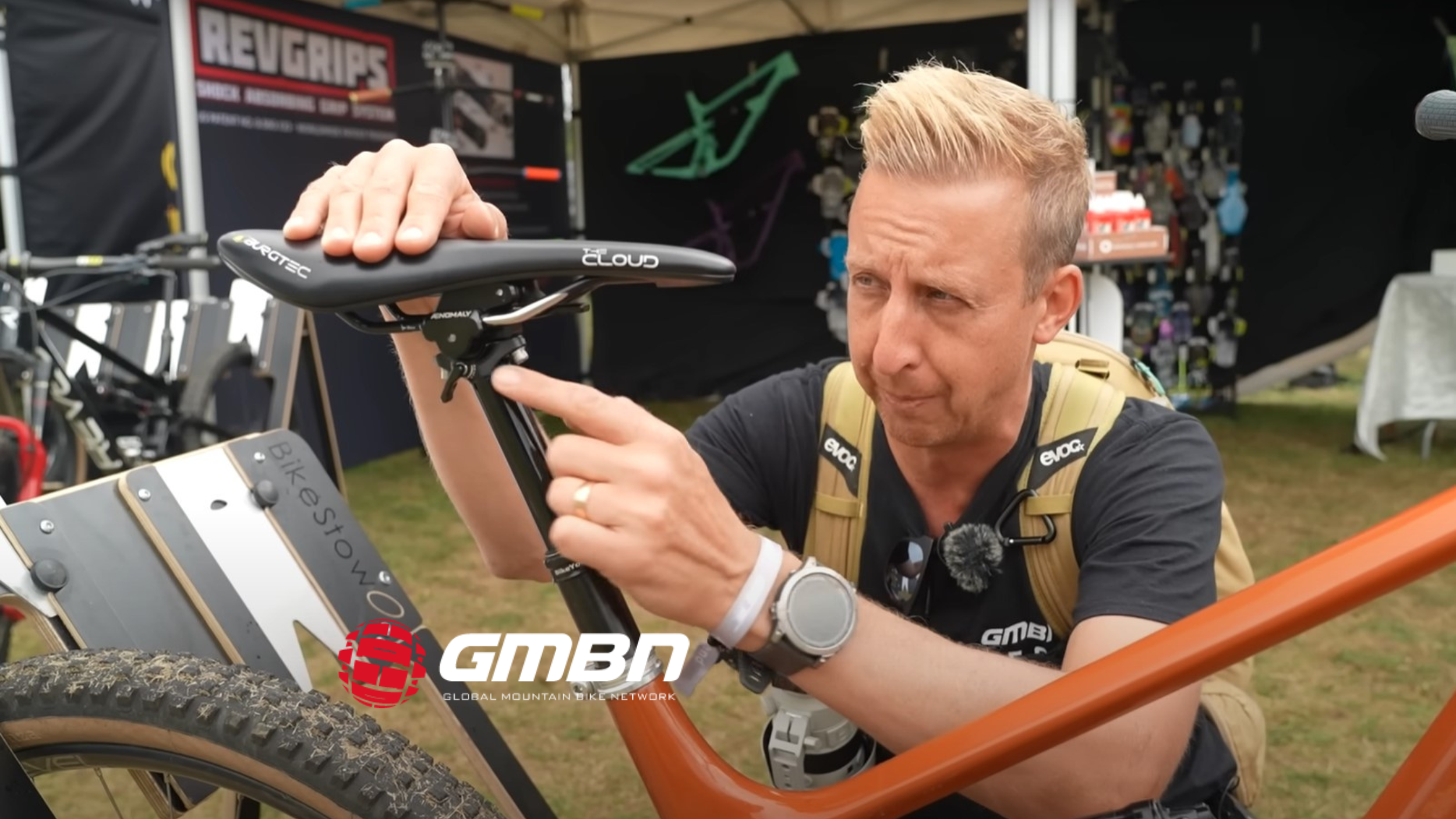Climb Faster, Further, Longer, Steeper and Pain-free.
Discover the benefits of adjustable saddle tilt and how it can increase your power and comfort while eliminating back and groin pain.

Play Video
How The Right Saddle Angle Can Make You a Better Climber
Relief from Back Pain
Use this section to create unique side-by-side layouts with various content blocks. Pair text with images, newsletter blocks, products, videos, testimonials and more.


